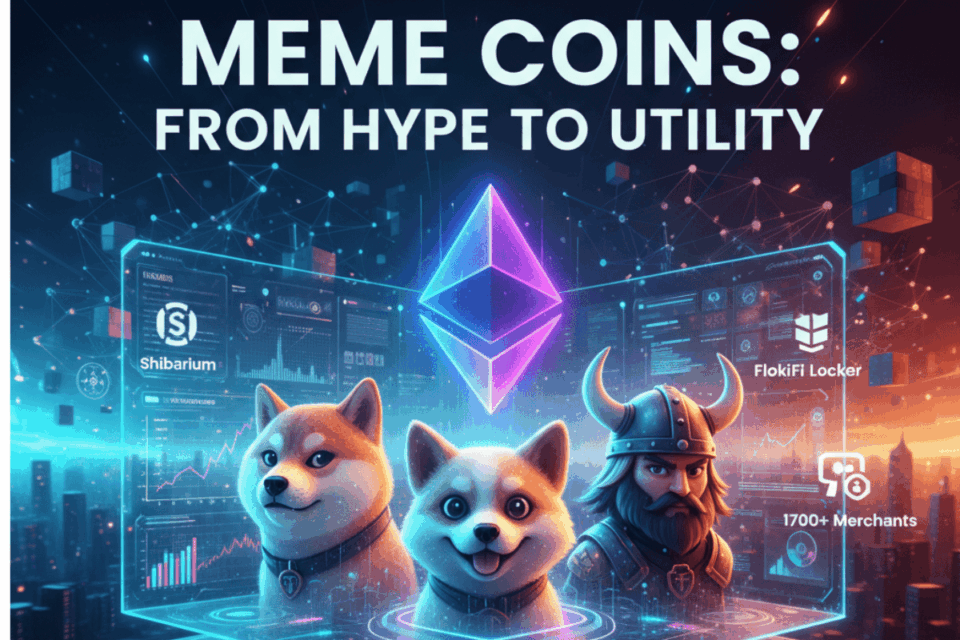An artificial intelligence has predicted that three key tokens – Shiba Inu (SHIB), Bonk (BONK), and Floki (FLOKI) – are transforming the meme coins landscape, transcending mere speculation to become ecosystems with real utility. These projects, according to the analysis, are laying the groundwork to emulate Ethereum’s influence within their niche, integrating decentralized finance (DeFi), exchange platforms, and liquidity protocols that promise a future beyond “hype.”
Shiba Inu (SHIB) has developed a robust ecosystem built on Shibarium, its own Layer-2 blockchain, which supports smart contracts and decentralized applications, solidifying SHIB as more than just a token. Its native decentralized exchange platform, ShibaSwap, maintains a Total Value Locked (TVL) of approximately $13.4 million, with Shibarium contributing an additional $1.14 million in liquidity. Furthermore, an aggressive burning strategy has removed over 410 trillion SHIB from circulation, generating significant deflationary pressure on the token.
Meanwhile, Bonk (BONK) has firmly established itself as Solana’s leading meme coin. Its Bonk Staked SOL (BonkSOL) program boasts $44 million in TVL, complemented by another $2 million on BonkSwap. A distinguishing feature is BonkBot, a Telegram-based trading bot that generates an estimated $4.4 million in annual fees. With nearly one million holders and a recent burn of 1 trillion tokens, Bonk demonstrates deep integration with the Solana infrastructure.
Evolution Beyond Speculation
Floki (FLOKI) has forged a strong multi-chain presence, operating on both Ethereum and Binance Smart Chain. Its FlokiFi Locker protocol secures approximately $28 million in locked assets, while staking programs via TokenFi offer yields of up to 20%. Floki also differentiates itself with Valhalla, an NFT “play-to-earn” game launched in mid-2025. Over 1,700 merchants accept Floki through crypto card integrations, driving real-world adoption and handling daily transaction volumes exceeding $60 million.
The relevance of this evolution is undeniable. Historically, the value of meme coins has largely depended on speculation and virality. However, by integrating DeFi functions, staking, and scalability solutions, these projects are building a solid foundation that could support more stable valuations. This strategic shift separates forward-thinking projects from those that only capitalize on ephemeral media attention.
For the market, these transformations imply a change in how meme coins are evaluated. Investors can now consider tangible metrics such as TVL, fee revenue, and the number of active users. This focus on utility could attract a more diversified investor profile and potentially mitigate the extreme volatility characteristic of the sector. The goal is no longer just to achieve viral status but to build a resilient ecosystem.
The advancement of Shiba Inu, Bonk, and Floki toward robust platforms is a clear indication of the sector’s emerging maturity. While the ambition to compare themselves to Ethereum is considerable, the direction is unequivocal: they are laying the groundwork to become centers of economic activity within their respective communities. Future success will depend on their ability to continually innovate and foster massive and sustainable adoption, proving that even assets born from a meme can achieve lasting influence.

